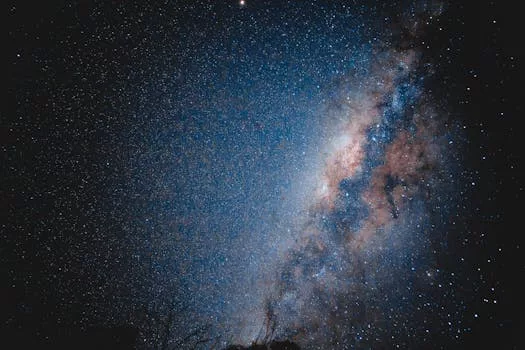
“
Beyond the Milky Way: Imagining New Worlds and Possibilities
Beyond the Milky Way: Imagining New Worlds and Possibilities is an exciting topic that has captured the imagination of scientists, philosophers, and science fiction writers for centuries. The possibility of other worlds and civilizations existing beyond our galaxy is a tantalizing prospect that has driven human curiosity and exploration. In this article, we will delve into the latest discoveries and theories about the universe, and explore the possibilities of new worlds and life beyond the Milky Way.
Introduction to the Milky Way Galaxy
The Milky Way is a barred spiral galaxy that is estimated to contain between 200 and 400 billion stars, as well as various types of interstellar gas and dust. It is one of the billions of galaxies that make up the observable universe, and is thought to have formed around 13.6 billion years ago during the early days of the universe. The Milky Way is a relatively small galaxy, with a diameter of approximately 100,000 light-years, and is part of the Local Group of galaxies, which also includes the Andromeda Galaxy and several smaller galaxies.
Exploring the Frontiers of Space
Space exploration has been an ongoing endeavor for humanity, with the first satellite, Sputnik, launched in 1957, followed by the first human spaceflight by Yuri Gagarin in 1961. Since then, numerous spacecraft have been launched to explore the solar system, including the Moon, Mars, and the outer planets. The most recent and ambitious endeavor is the search for life beyond the Milky Way, with scientists using advanced telescopes and detection methods to search for signs of life in distant galaxies. For more on the creative aspects of this exploration, check out Cosmic Creativity: How Imagination Soars Beyond the Constellations.
The Search for Life Beyond the Milky Way
The search for life beyond the Milky Way is an intriguing and complex topic that has sparked intense debate and speculation. Scientists have identified several factors that are necessary for life to exist, including the presence of liquid water, a stable and habitable environment, and a source of energy. The discovery of exoplanets, which are planets that orbit stars outside of the Milky Way, has provided new opportunities for searching for life beyond our galaxy. This topic is further explored in From Stardust to Dreams: Imagining Life Beyond the Stars.
Takeaways
Some key takeaways from our exploration of new worlds and possibilities beyond the Milky Way include:
- The universe is vast and contains billions of galaxies, each with its own unique characteristics and potential for life.
- The search for life beyond the Milky Way is an ongoing and challenging endeavor that requires advanced technology and detection methods.
- The discovery of exoplanets has opened up new opportunities for searching for life beyond our galaxy, and has sparked intense interest and debate about the possibility of extraterrestrial life.
Conclusion
In conclusion, the possibility of new worlds and life beyond the Milky Way is a fascinating and complex topic that has captured the imagination of scientists, philosophers, and science fiction writers for centuries. The search for life beyond our galaxy is an ongoing and challenging endeavor that requires advanced technology and detection methods. As we continue to explore the frontiers of space and push the boundaries of human knowledge, we may uncover new and exciting discoveries that challenge our understanding of the universe and our place within it. To learn more about the endless possibilities of creativity in this realm, visit Beyond Stars: Where Imagination Takes Flight.




